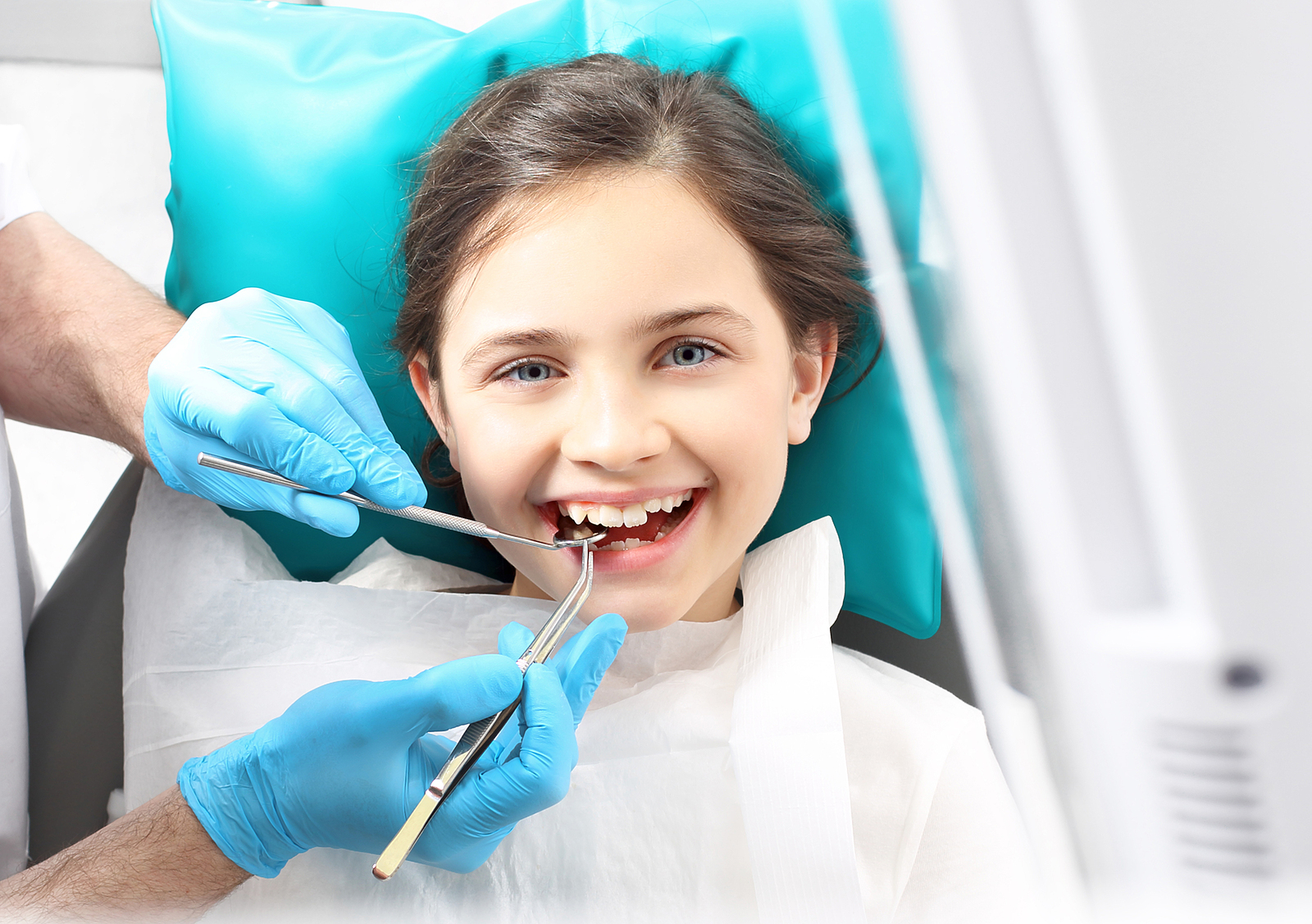Little Known Facts About Legacy Orthodontics.
Little Known Facts About Legacy Orthodontics.
Blog Article
Legacy Orthodontics for Beginners
Table of ContentsNot known Facts About Legacy OrthodonticsThe Only Guide for Legacy OrthodonticsSee This Report about Legacy OrthodonticsThe Buzz on Legacy OrthodonticsThe Single Strategy To Use For Legacy Orthodontics
At Advanced Orthodontics, we provide patients with a holistic treatment experience. In addition, we provide flexible therapy timetables, versatile settlement options and a fun, enjoyable experience. leesburg invisalign. Phone call ( 480) 357-4900 today to learn more and timetable a consultation.An orthodontist is a dental professional trained to detect, stop, and treat teeth and jaw irregularities. They fix existing conditions and are educated to determine troubles that may develop in the future. Orthodontists work with people of all ages, from kids to adults. Individuals usually connect a perfect smile with health.
Malocclusion, or misaligned teeth, can bring about dental issues, consisting of dental cavity, gum condition, and hard or painful eating. Not everybody is born with straight teeth. If you have a poor bite or large rooms between your teeth, you may want to get in touch with a dentist concentrating on orthodontic care.
Not known Facts About Legacy Orthodontics
( Picture Credit Rating: DigitalVision/Getty Images) Orthodontists use fixed and removable dental gadgets, like dental braces, retainers, and bands, to change the setting of teeth in your mouth. Orthodontic therapy is for oral irregularities, consisting of: Jagged teethBite problems, like an overbite or an underbiteCrowded teeth or teeth that are too much apartJaw misalignmentThe objective of orthodontic therapy is to boost your bite.
A healthy and balanced bite guarantees you can consume, chew, and talk effectively. While you may consider orthodontists as generally for kids or teenagers that need dental braces, they can deal with dental problems at any age. Orthodontists go to university, dental college, and orthodontic college. After college graduation, they spend 2 or 3 years in an orthodontic residency program.
All orthodontists are dental professionals, yet not all dentists are orthodontists. Orthodontic residency programs supply intensive, concentrated direction for dental professionals. They concentrate on 2 locations: Exactly how to appropriately and securely relocate teeth Exactly how to properly direct growth in the teeth, jaw, and faceOnce an orthodontist has actually finished training, they have the option to become board accredited.
The Only Guide for Legacy Orthodontics
Misalignment, or malocclusion, is one of the most typical reason individuals see an orthodontist. It is genetic and is the outcome of dimension differences in between the upper and reduced jaw or in between the jaw and teeth. Malocclusion results in tooth congestion, a twisted jaw, or irregular bite patterns. Malocclusion is generally treated with: Your orthodontist connects metal, ceramic, or plastic square bonds to your teeth.
If you have only small malocclusion, you may have the ability to use clear dental braces, called aligners, rather than standard dental braces (https://legacyortho.edublogs.org/2024/09/30/transform-your-smile-with-a-leesburg-orthodontist/). Some people require a headgear to help relocate teeth into line with pressure from outside the mouth. After braces or aligners, you'll need to wear a retainer. A retainer is a customized device that maintains your teeth in place.
They can create additional room in the mouth without having to draw teeth. Orthodontists make use of wires, surgical screws, or plates to support your jaw bone.
You may require to see an orthodontist if you have: Crowding or otherwise enough room for all of your teethOverbite, when your top teeth come over your bottom teethUnderbite, when your base teeth are also far forwardSpacing or concerns with gapsCrossbite, which is when your top teeth fit behind your bottom teeth when your mouth is closedOpen bite or an upright void between your front base and top teethMisplaced midline, when the center of your bottom and upper teeth don't align Remedying an oral malocclusion can: Make biting, chewing, and speaking easierImprove the symmetry of our face and your general appearanceEase pain from temporomandibular joint disordersDifferent your teeth and make them simpler to clean, helping stop tooth decay or dental caries It's commonly a dental professional who first notifications misaligned teeth throughout a regular exam.
Some Ideas on Legacy Orthodontics You Should Know

Throughout your initial orthodontic consultation, you'll likely have: A dental examPhotos taken of your face and smileDental X-raysPanoramic (360 level) X-rays of your face and headImpressions to produce mold and mildews of your teethThese tests will certainly help your orthodontist know exactly how to proceed with your therapy. orthodontics. An orthodontist is a dental professional who's had training to treat your teeth and jaw
An orthodontist is concentrated on your bite, so something like a damaged tooth would be taken care of by a dental expert. Orthodontists are focused on your bite, or the way your teeth fit together, and the straightness of your teeth.
Ever before questioned how celebrities constantly seem to have completely lined up teeth? The solution often exists in the knowledgeable hands of an orthodontist. What exactly does an orthodontist do? Orthodontists are dental specialists that focus on dealing with irregularities the original source in the teeth and jaws. Their experience goes beyond simply developing an attractive smile; it encompasses enhancing your total oral health and function.
Things about Legacy Orthodontics

While braces are the most commonly identified orthodontic treatment, orthodontists have a varied toolkit at their disposal. The certain method selected depends on the intensity of the instance, the patient's age, and private preferences. These tried-and-true braces use a system of brackets bound to the teeth and linked by cables.
These detachable trays are custom-made to gradually shift the teeth's setting. In cases of narrow jaws, palatal expanders can be utilized to create room for correct tooth alignment.
Report this page